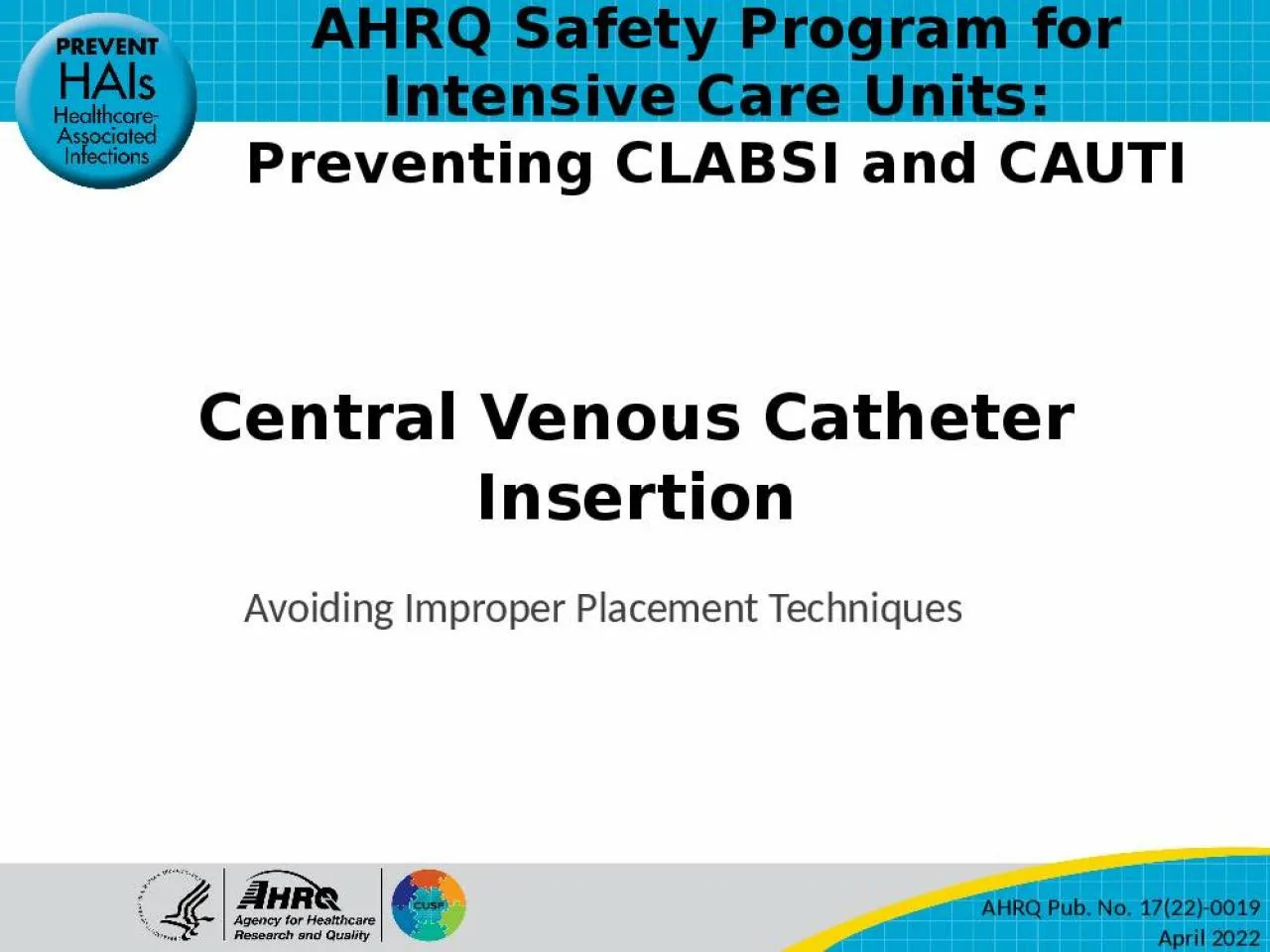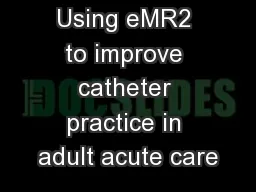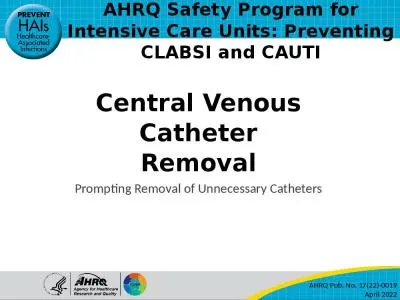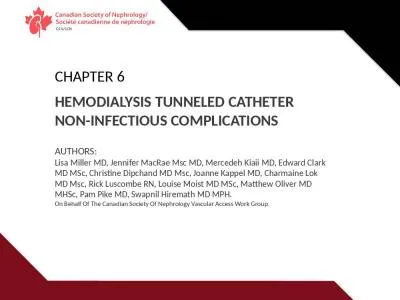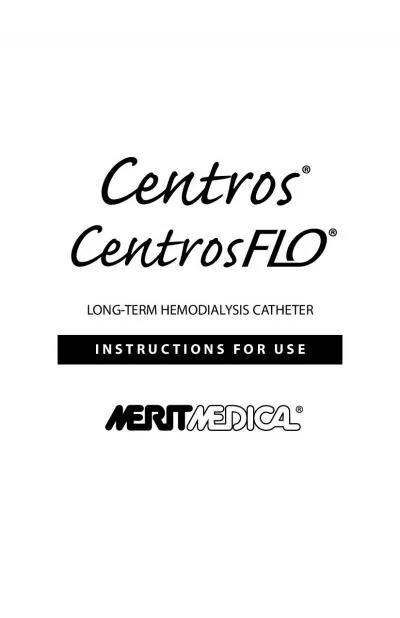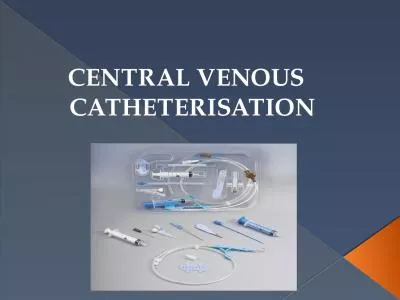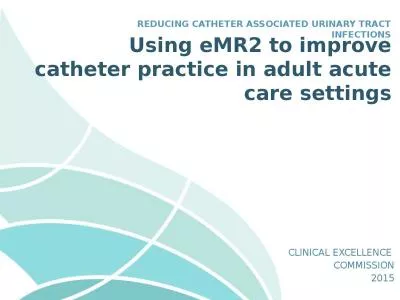PPT-Central Venous Catheter Insertion
Author : riley | Published Date : 2022-04-06
Avoiding Improper Placement Techniques AHRQ Safety Program for Intensive Care Units Preventing CLABSI and CAUTI AHRQ Pub No 17220019 April 2022 Disrupting the
Presentation Embed Code
Download Presentation
Download Presentation The PPT/PDF document "Central Venous Catheter Insertion" is the property of its rightful owner. Permission is granted to download and print the materials on this website for personal, non-commercial use only, and to display it on your personal computer provided you do not modify the materials and that you retain all copyright notices contained in the materials. By downloading content from our website, you accept the terms of this agreement.
Central Venous Catheter Insertion: Transcript
Download Rules Of Document
"Central Venous Catheter Insertion"The content belongs to its owner. You may download and print it for personal use, without modification, and keep all copyright notices. By downloading, you agree to these terms.
Related Documents

